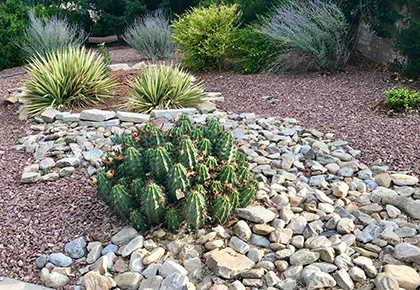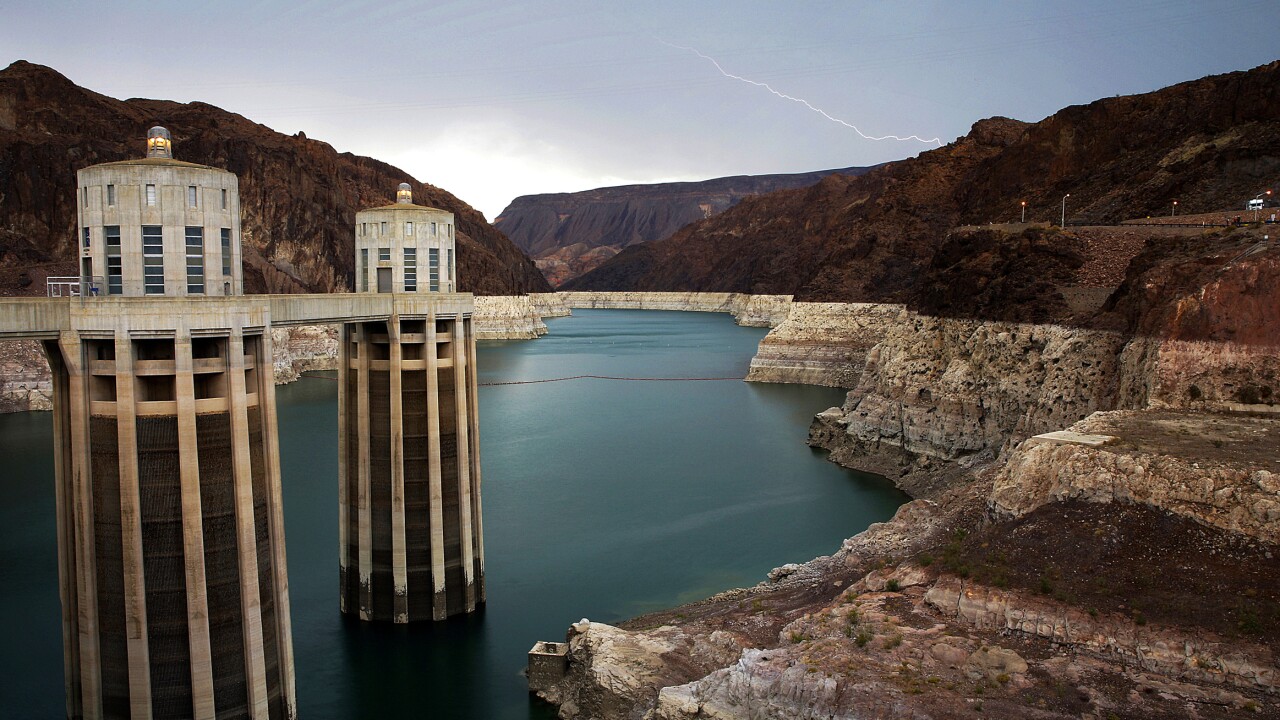 Arizona lawmakers have passed a landmark piece of legislation, Senate Bill 1611, that aims to address two of the state’s most pressing issues: water conservation and housing availability. Signed into law by Governor Katie Hobbs in June 2025, the bill is being hailed as the most significant water-related legislation since Arizona’s 1980 Groundwater Management Act. Known informally as the “ag-to-urban” program, SB 1611 provides a voluntary pathway for farmers to retire agricultural land and transfer their groundwater rights to urban developments, all under a new framework that ties housing growth to strict conservation standards.
Arizona lawmakers have passed a landmark piece of legislation, Senate Bill 1611, that aims to address two of the state’s most pressing issues: water conservation and housing availability. Signed into law by Governor Katie Hobbs in June 2025, the bill is being hailed as the most significant water-related legislation since Arizona’s 1980 Groundwater Management Act. Known informally as the “ag-to-urban” program, SB 1611 provides a voluntary pathway for farmers to retire agricultural land and transfer their groundwater rights to urban developments, all under a new framework that ties housing growth to strict conservation standards.
At its core, SB 1611 allows landowners in active management areas (AMAs) to give up their grandfathered irrigation rights in exchange for physical availability exemption credits. These credits allow groundwater use for 100 years, but only under conditions that promote long-term aquifer sustainability. For developers to qualify, they must meet rigid conservation criteria, including limitations on turf, artificial lakes, and water use per acre. They must also commit to recharging aquifers through replenishment efforts. According to the Arizona Department of Water Resources (ADWR), this program could conserve up to 9.6 million acre-feet of water over the next century—more than 14 times the volume of Lake Pleasant.
Supporters across party lines have praised the bill as a win for farmers, families, and the environment. Farmers nearing retirement can monetize their land while contributing to long-term conservation goals. Developers gain a legal and regulated route to build new housing in high-demand areas like metro Phoenix and Pinal County, helping to relieve Arizona’s ongoing housing shortage. And residents benefit from a clearer roadmap for sustainable growth. State Senator T.J. Shope, a co-sponsor of the bill, called it one of the most transformative water policies in decades. 
The potential scale of the program is significant. Officials estimate that water rights from as many as 400,000 acres of farmland could be converted through this program, paving the way for up to one million new homes. The ADWR is now tasked with developing detailed rules and application processes within 90 days of the bill's signing. Once those rules are finalized, cities, towns, and developers will be able to begin applying for credits, likely by late 2025.
Still, not everyone is satisfied. Critics from rural Arizona argue the legislation doesn’t go far enough to protect non-metropolitan areas, particularly those outside of designated AMAs. Officials in Mohave and Pinal counties expressed concern that the bill prioritizes growth in urban corridors while neglecting the water needs of rural communities. They’re urging lawmakers to consider expanding protections and planning tools for these regions in future sessions.
For Arizona residents, SB 1611 represents a bold attempt to balance the state’s booming population with its fragile water supply. By turning voluntary farmland retirements into a resource for sustainable development, the bill offers a creative, market-driven solution to some of the state’s most entrenched challenges. Whether it becomes a long-term model or simply a starting point, its success will depend on careful oversight, community engagement, and continued commitment to water conservation.
Works Cited:
Arizona Republic. “Arizona Lawmakers Pass Landmark Water Conservation and Housing Bill.” June 2025.
KJZZ News. “SB 1611 Ties Housing Growth to Water Conservation in Active Management Areas.” June 24, 2025.
Arizona Department of Water Resources. “SB 1611 Overview and Groundwater Impact Estimates.” June 2025.
Capitol Media Services. “Farmers Can Retire Land Under New Water Law, But Critics Say Rural Needs Are Overlooked.” June 23, 2025.



